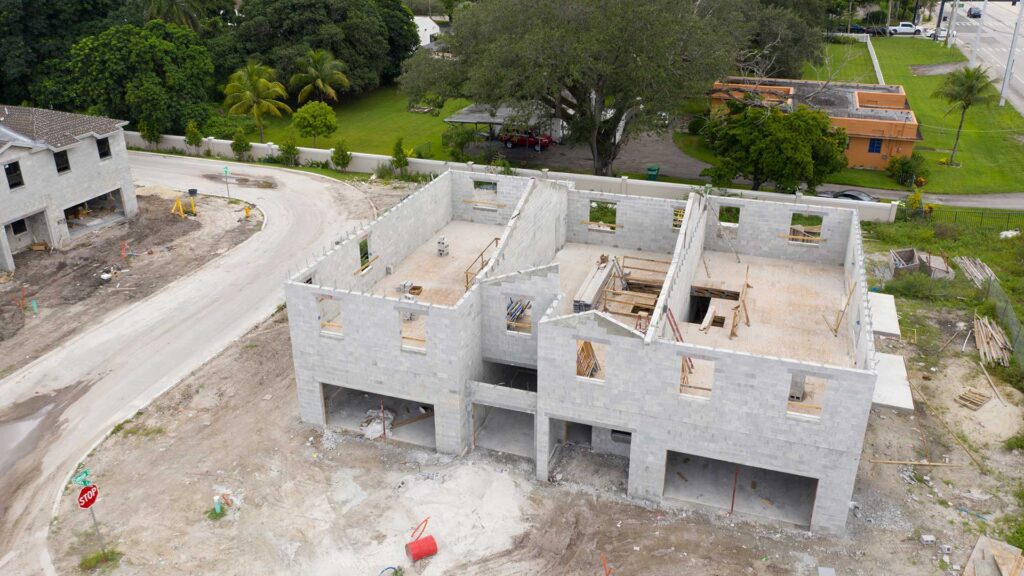To fully understand how construction managers ensure successful projects, let’s put it within the context of the four various project stakeholders in the construction job title hierarchy.
- The Owner: An individual or business who commissions and subsequently funds the project. Many owners do not have dedicated construction oversight teams and choose instead to contract our the work to a certified general contractor or construction manager.
- The Construction Manager: The person, or team, hired by the owner to provide oversight of the entire construction project. This includes planning and preconstruction through the construction and completion of the project.
- Licensed Engineer: The person or firm hired by an owner to manage project design and technical coordination between respective engineering disciplines (such as electrical, fiber optics, and water).
- The General Contractor: The team hired by an owner to oversee the day-to-day construction operations and subcontractor productivity during construction.
Construction management phases can be broken down into four phases. Those four phases are planning, preconstruction, construction, and delivery. Let’s dive in a bit more into each.
Planning
Pre-planning, or preconstruction planning, is the first major phase in risk mitigation when it comes to construction projects. During the phase, the owner defines the needs, goals, design requests, and budget for a project. At the same time, the construction manager coordinates with architects, engineers, and other third party consultants to agree on the feasibility of these goals.
Preconstruction
During preconstruction early plans are submitted for building permits and general contractor bids. This could include construction management contracts, drawings, and specifications. Meanwhile, the construction manager is in charge of hiring all construction teams and utilizing risk management best practices to ensure that issues are resolved prior to the start of construction. Proper risk management minimizes the amount change orders and delays down the road.
Construction
Once the planning is done, the general contractor can finally break ground and execution of the plan can being. During this phase the construction manager oversees quality control inspections, site investigations, safety protocols, insurance, coordinating permits, managing the budget, and ensuring the project is tracking on hitting milestones and schedule goals.
Delivery
Management of the building is officially turned over from the construction manager and general contractor to the building’s owner. This is done once the project is completed and has passed various inspections. Owners are provided with all project information and close out documents such as manuals, warranties, as-builts, and closed out ledgers.

